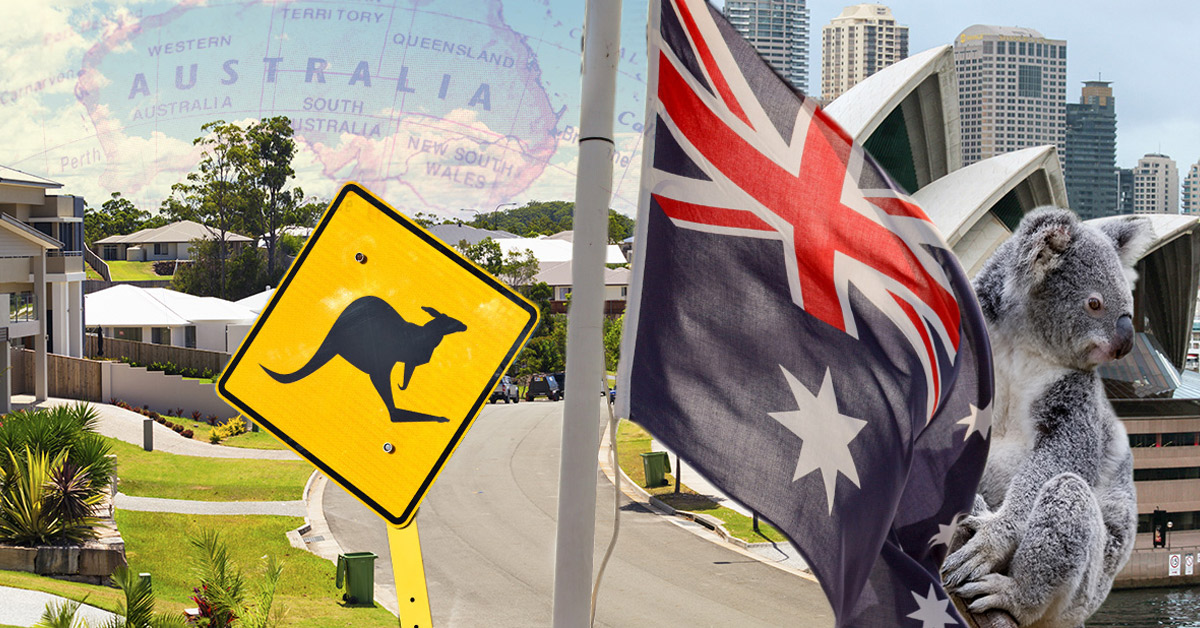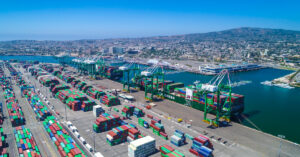Last year saw further drawdown in cross-border investments into the U.S., as foreign spending on commercial real estate here fell below $50 billion for the first time since 2014, according to Real Capital Analytics (RCA). Although much of that decline can be attributed to continued Chinese pullback and a decrease in Canadian investments compared to 2018, the retreat also is evident when looking at less-active countries in U.S. commercial real estate.
Australia is a prime example. The Land Down Under has been a relatively minor player to date in cross-border spending into the U.S., and the activity of Aussie investors in 2019 moved the needle even less than normal. Australia registered as the 14th-largest source of cross-border capital by dollar volume in both 2017 and 2018, but in 2019 it fell seven spots to 21st. Australian-sourced property deals accounted for only 1% of last year’s foreign-backed commercial-property deal volume, RCA reported.
The $540.4 million spent in those deals represented a 42% year-over-year drop in activity by Australian investors. Predictably, no Australian companies show up among the top 20 cross-border buyers of 2019, but one — AustralianSuper, the country’s largest pension fund — shed a pair of U.S. properties last year to appear among the top 20 sellers, according to RCA.
Still, interest from Australia remains strong, with nascent attention emerging last year in the U.S. multifamily-housing sector. Although there has been a lot of chatter about developing a professionally managed rental-housing market in Australia, the country’s still-budding build-to-rent market has been unable to fill demand for stable returns. With global financial uncertainty persisting, Aussie capital is being steered into the safety of American apartments.
Nikita Rao, managing director of the U.S. real estate portfolio for global-investment powerhouse Nuveen, told The Australian Financial Review in October 2019 that there was “significant interest and capital” coming from Australian investors into U.S. multifamily properties.
“Australian investors want to gain access to that type of product and so they’re coming to the U.S. to be able to achieve their overall portfolio goals,” she said. “The U.S. multifamily sector is a resilient asset class.”
QSuper, Australia’s second-largest pension fund, indicated this past fall that it would look to increase its involvement in U.S. multifamily investment, somewhat of a deviation from its historical portfolio of retail and office properties. The company dipped its toe into the U.S. apartment market with the 2019 acquisition of a property in Washington, D.C.
It remains to be seen whether the interest will translate into more cross-border apartment deals this year for the Land Down Under. In the meantime, although Aussie deal volume isn’t keeping up with more actively investing countries around the globe, Australian holdings and transactions dot the landscape. Of AustralianSuper’s top 15 assets by value, for example, three are on American soil: a shopping center in Hawaii, office space in Washington, D.C., and an apartment complex in Florida. Among the top overseas buyers of U.S. industrial properties in 2019, according to RCA, was Goodman Group, a Sydney-based company that invested $360 million, including the acquisition of two of the largest industrial complexes in the Los Angeles market this past July.
And while the Trump administration has moved to tighten scrutiny of foreign investment in the U.S., Australia was one of three countries announced as exemptions from tougher regulations. These new rules went into effect this past February, but Aussie firms that meet certain standards won’t be impacted by the expanded review procedures. So, Australia looks to have a leg up on other investment sources in the near term.






